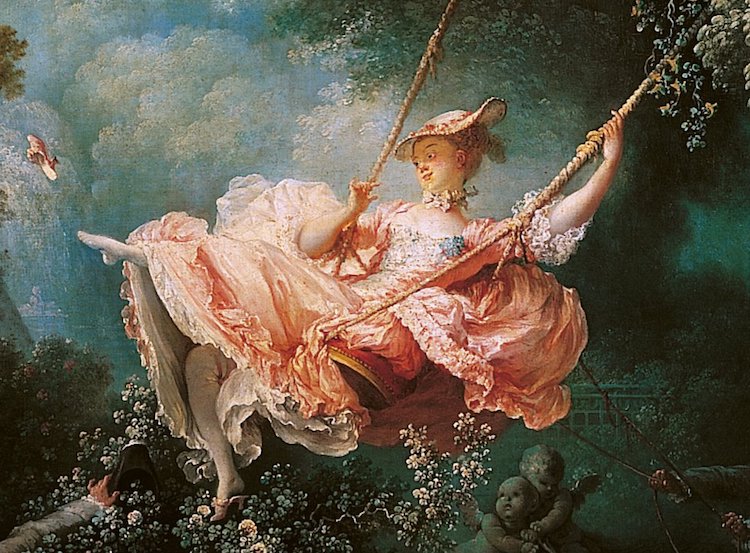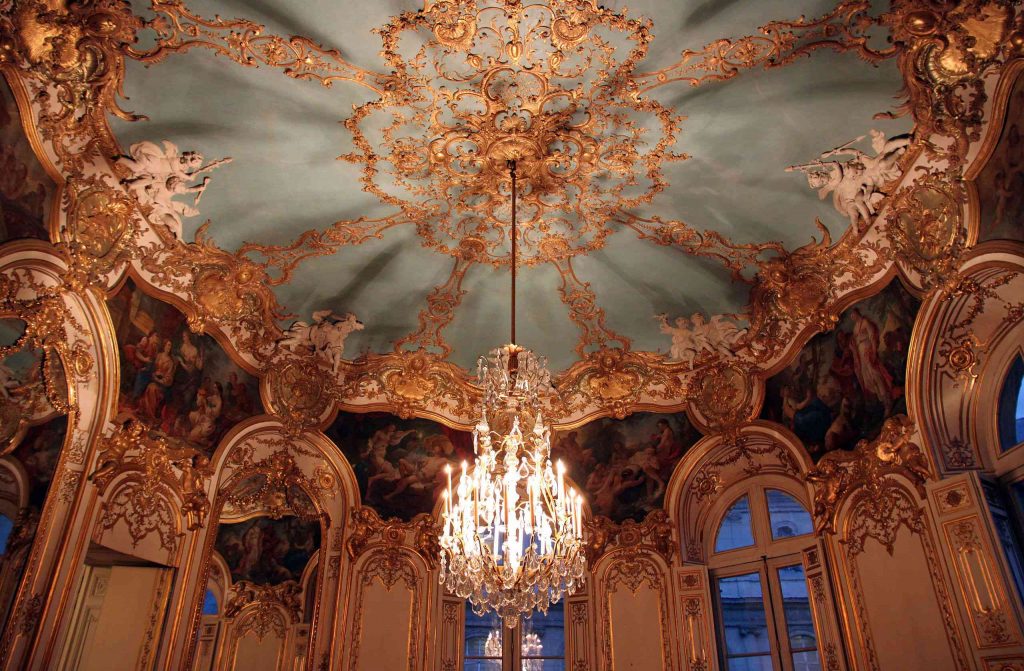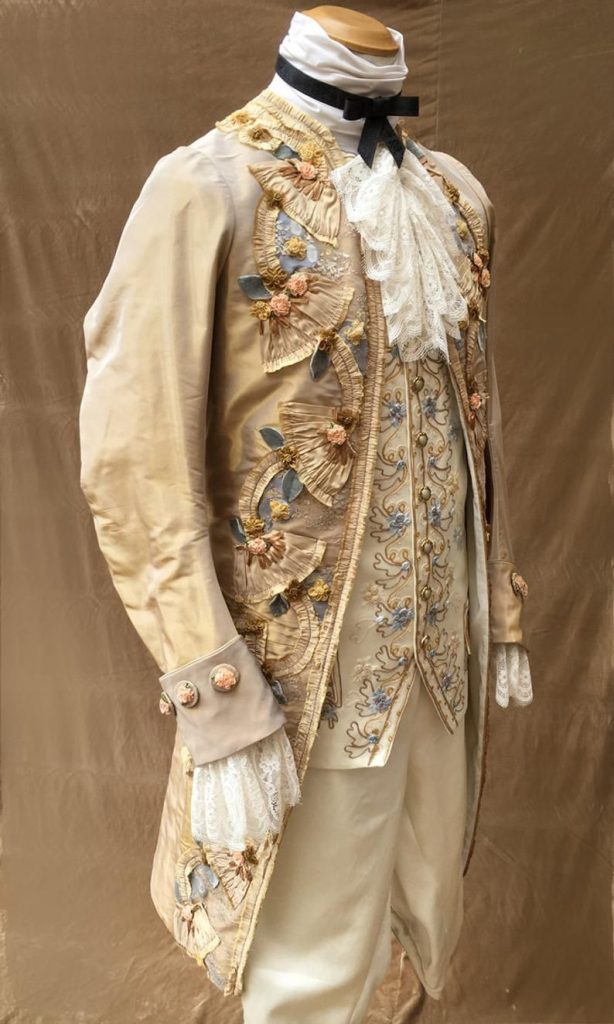Survey 3: Block books and baroque (1450 – 1750)

The Rococo period was defined by its extreme extravagance. The word ‘Rococo’ is derived from ‘rocaille,’ the french word that means a shell-covered rock decorating grottoes. Like many eras, the name was an insult or critique of the times’ main ideas and popular style. Rococo was seen as a movement with no substance. All elaborate ornamentation and no meaning or message. Critics of the movement look past all the glamour to see a plain grotto, except with no shells to decorate the cold exterior; leaving behind what is essentially just a dark and empty cave.

Even though many people didn’t appreciate Rococo, it is still recognizable and has become iconic. The style is commonly used in fashion, art, and media as a reference point to build off or for its romanticized setting. At the time, Rococo’s fashion, art, and architecture was established by its lavish indulgence, yet modeled after popular ideas of love, youth, and playfulness. Subjects of paintings consisted commonly of innocent lovers in soft pastel colour pallets. Artists typically depicted old myths in naturalist settings. The architecture was centered around gold details and intricate embellishments. The building became more theatrical, with high ceilings, curving lines, and an emphasis on asymmetry. Rococo fashion is known for frills and ruffles. Lace and layers were found in both men’s and women’s fashion. Hair was piled higher, and silhouettes stretched larger and more exaggerated in form. In essence, everything became way more fashionable and much less functional.


Overall, it was a very lighthearted and playful period well reflected in its various arts. Jean-Antoine Watteau and Jean-Honore Fragonard capture this well in their artworks. There was an emphasis on fashion as the Rococo period was also the first era where magazines came out. Articles were being designed and published to spread the word of notable fashion designers and artists. Even though like many periods in history, it’s important to recognize this is an era defined, enjoyed, and documented by the wealthy who could afford the iconic extravagance and luxury. Rococo created a lasting impression on arts and culture that can still be admired and enjoyed to this day.

Citations:
Boundless. “Boundless Art History.” Lumen, https://courses.lumenlearning.com/boundless-arthistory/chapter/rococo/#:~:text=Rococo%20style%20is%20characterized%20by,myths%2C%20youth%2C%20and%20playfulness.
Editorial, Artsy, and Rachel Lebowitz. “10 Rococo Artworks You Should Know.” Artsy, 29 May 2018, https://www.artsy.net/article/artsy-editorial-10-artworks-defined-rococo-style.
“Rococo.” Encyclopædia Britannica, Encyclopædia Britannica, Inc., https://www.britannica.com/art/Rococo.
“Rococo.” History of Costume, https://historyofeuropeanfashion.wordpress.com/tag/rococo/.Trapasso, Erica. “A Brief History of Rococo Art.” Artnet News, Artnet News, 10 Mar. 2015, https://news.artnet.com/market/a-brief-history-of-rococo-art-32790.
Image Citations:
“Category:François Boucher.” Wikimedia Commons, https://commons.wikimedia.org/wiki/Category:Fran%C3%A7ois_Boucher.
David, Georgianna and. “Hôtel De Soubise.” Parisian Moments, Parisian Moments, 23 May 2020, https://parisianmoments.com/blog-1/2018/hotel-de-soubise.
“Portrait of Louis XIV.” Wikipedia, Wikimedia Foundation, 6 June 2021, https://en.wikipedia.org/wiki/Portrait_of_Louis_XIV.
sartistacostume. “1700 Rococo Costume for Men.” Etsy, https://www.etsy.com/listing/613264667/1700-rococo-costume-for-men?ref=shop_home_active_13&epik=dj0yJnU9d0NEcmFqRElXR0dyV19Wc2J2QUU3dXQ2bURZWUVIa1kmcD0wJm49V0VndlBNUkVVVmw3ZjQwSVFmZVdkUSZ0PUFBQUFBR0Y2RE1j.
“The Swing (Fragonard).” Wikipedia, Wikimedia Foundation, 22 July 2021, https://en.wikipedia.org/wiki/The_Swing_(Fragonard).
One reply on “Rococo’s Functionless Fashion and Art”
Writing comment from Patrick
Enjoyable read with substance on a frill subject. Reading aloud (or using Grammarly) would alert you to awkward sentences and overuse of the passive voice. The post flows nicely and would do so even more with paragraph breaks. I think that the Gilgamesh post also had large copy blocks that could be broken up. All told, a solid effort.